Shel Silverstein (author of the book Where the Sidewalk Ends) likely didn't know of the existence of the town of Hill, nestled next to the Pemigewasset River (or as we just call is here in NH, "the Pemi") near Plymouth, New Hampshire, nor would he have known that there really are sidewalks that just end...and lead to nowhere.
This was not always the case with the town of Hill. First, if you look at a map the town of Hill still exists now at a safe distance above the Pemi. This region of New Hampshire was once, and still occasionally is, affected by floods especially in the Spring during the snow-melt from the White Mountains. These floods had devestating effects on the small town of Hill. Founded in 1753 under the name of New Chester the name was changed to Hill in 1837 in honor of Isaac Hill, NH governor from 1836 to 1839.
In 1941 a new dam was constructed near Franklin, NH in an attempt to alleviate the flooding issue that had plagued the area. This was when the entire town, including buildings and graves, were relocated to higher ground.
From the parking area on Old Town Road, Shop Road enters the woods following a swift flowing brook on the left. Here is where your first structures are encountered, the remains of an old mill with a marker nearby showing the various flood levels that used to plague the area. The most apparent remains of the mill will be some concrete walls and the penstock on the brook side of the road, but the main ruins are easily missed on your way down. There are several paths that lead you into the larger ruin complex which is very impressive!
Shop Road ends at the bottom of the hill on the broad flood plain on which the town was originally constructed. Here you reach the main street of the town, Center Hill Road, and the road T's heading north (to the left) and south (to the right). On this particular trip we went north where there are broad open lots, a few posts telling you the name of the old streets and open lots. Just after crossing the bridge, Ferry St begins on the right, and following this narrow path you will eventually reach the old cemetery with fields of poison ivy everywhere. There aren't any graves left, or at least that we could see. Ferry Road ends and another unnamed road travels parallel with the river.
Back on Center Hill Road and traveling north you will pass by the old lot that the school sat on, the only evidence of it being there is a concrete pad near some trees, and on the right side of Center Hill Rd are the old sidewalks that peek out from beneath leaves, wild strawberries, poison ivy and dirt that has slowly taken everything over.
Eventually the road exits the town and re-enters the woods and on the right it a sign that simply states "The Eddy" and a path. This leads you down to a sheltered lagoon on the Pemi and some really nice rocks to stretch out on, soak up some sun and silence.
Unfortunately we ran out of time to explore the southern end of Center Hill Road, but evidently this is where the majority of the foundations are found. We will be making a return trip to explore this part when the poison ivy is a little less threatening.
Old Hill directions:
- Take I-93 North to Exit 20, Rt 3
- Bear west toward Rt 3A
- Bear North on Rt 3A into Hill
- After passing the post office (on right, very easy to miss), continue for about a mile to Old Town Road.
- Turn right and you will pass a cemetery on the left and park in the parking area at the entrance of the Nature area. Shop road begins at the gate.


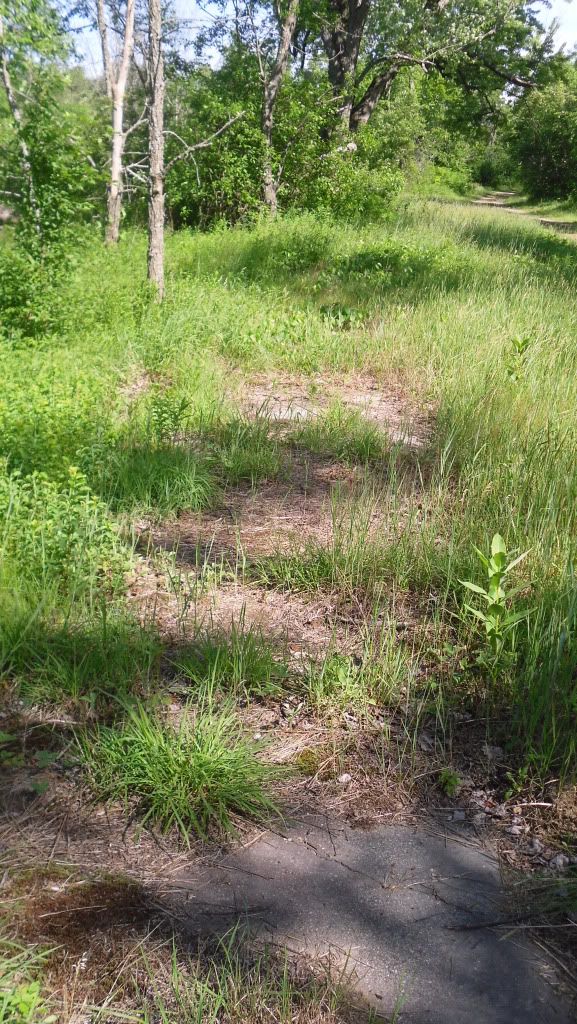

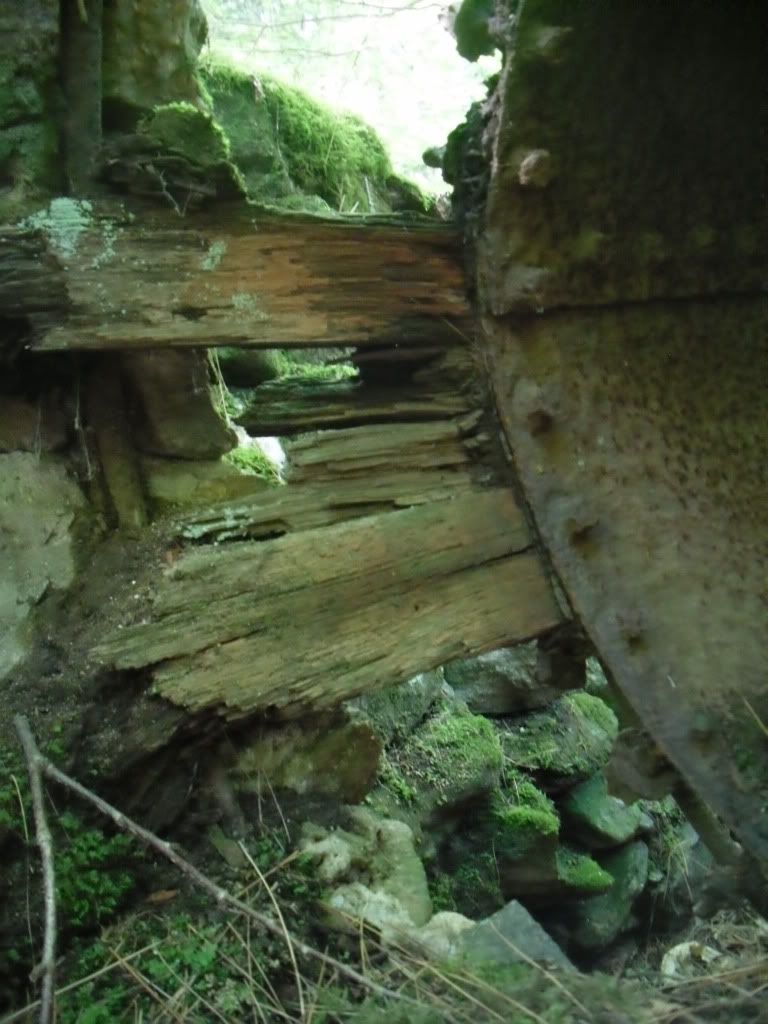
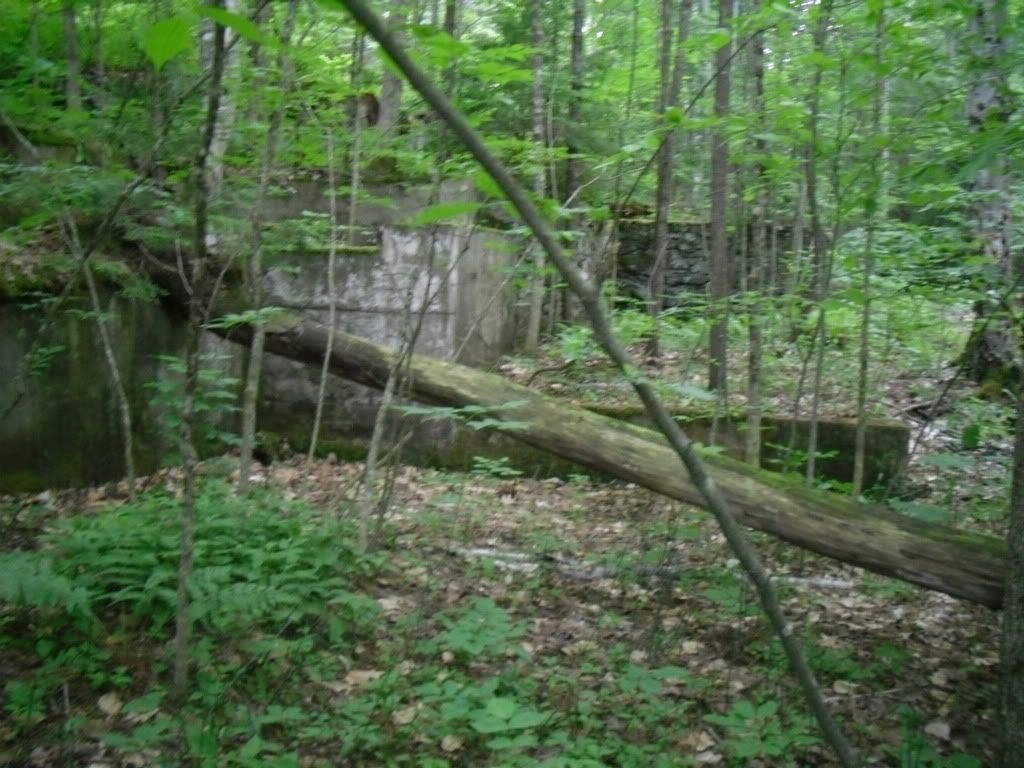
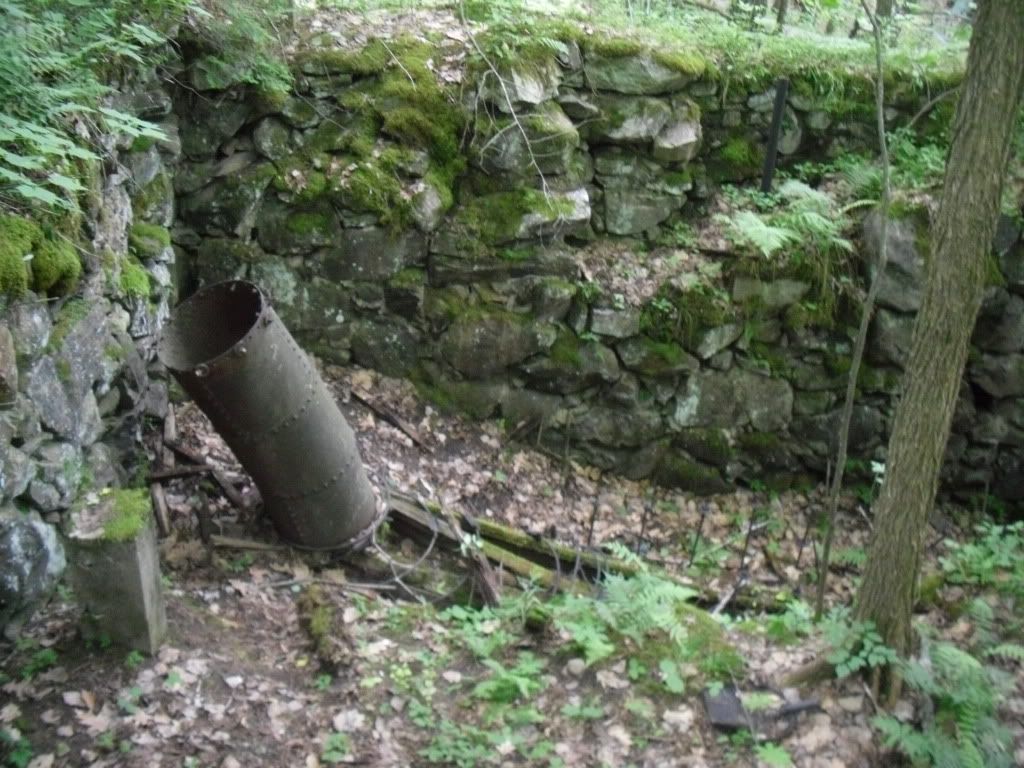
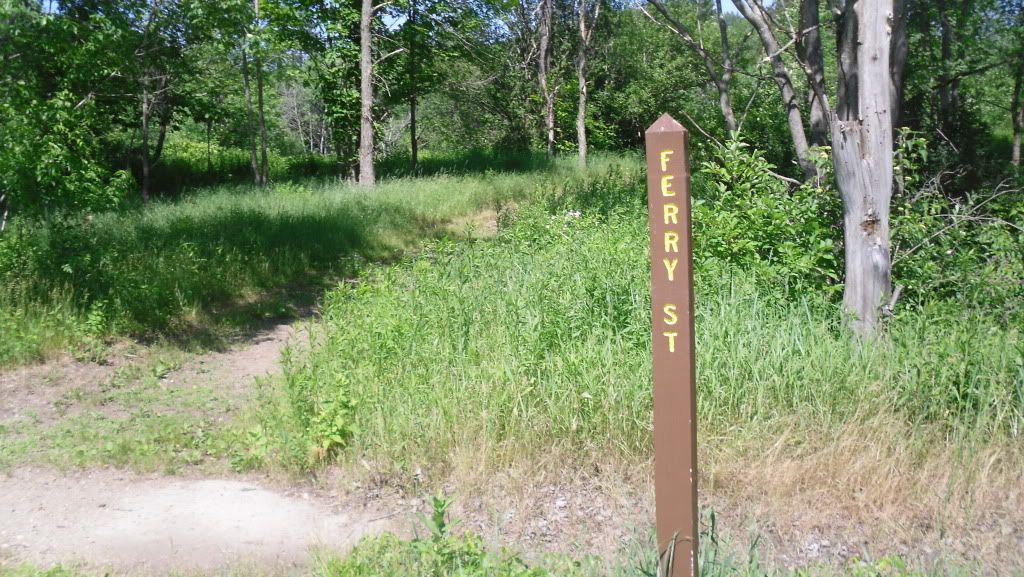
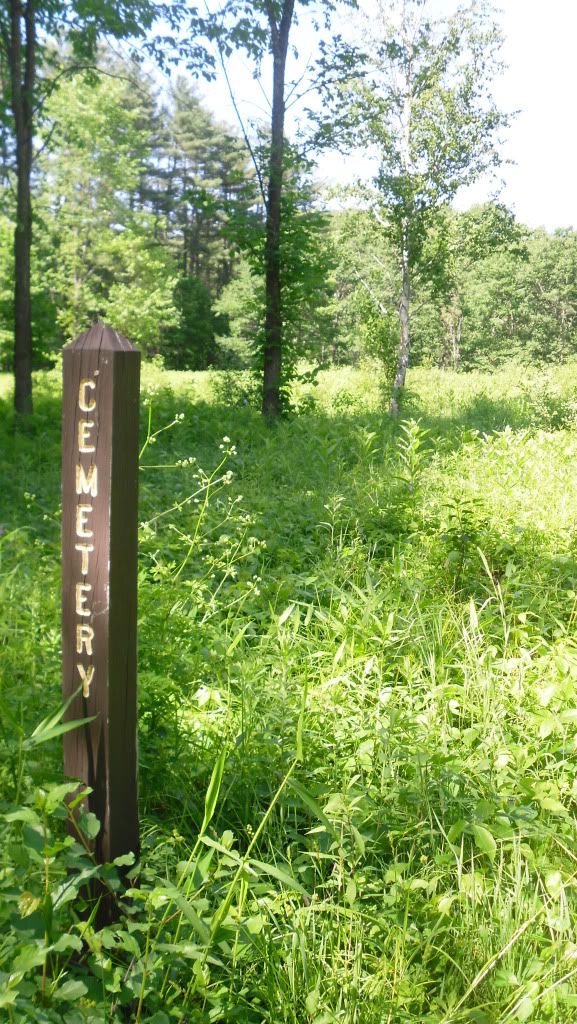
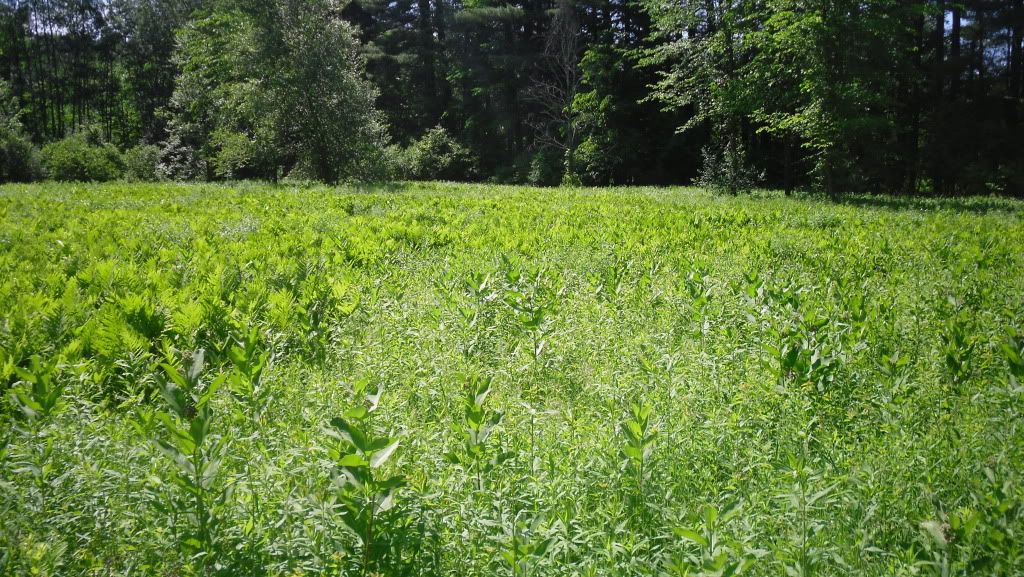


No comments:
Post a Comment